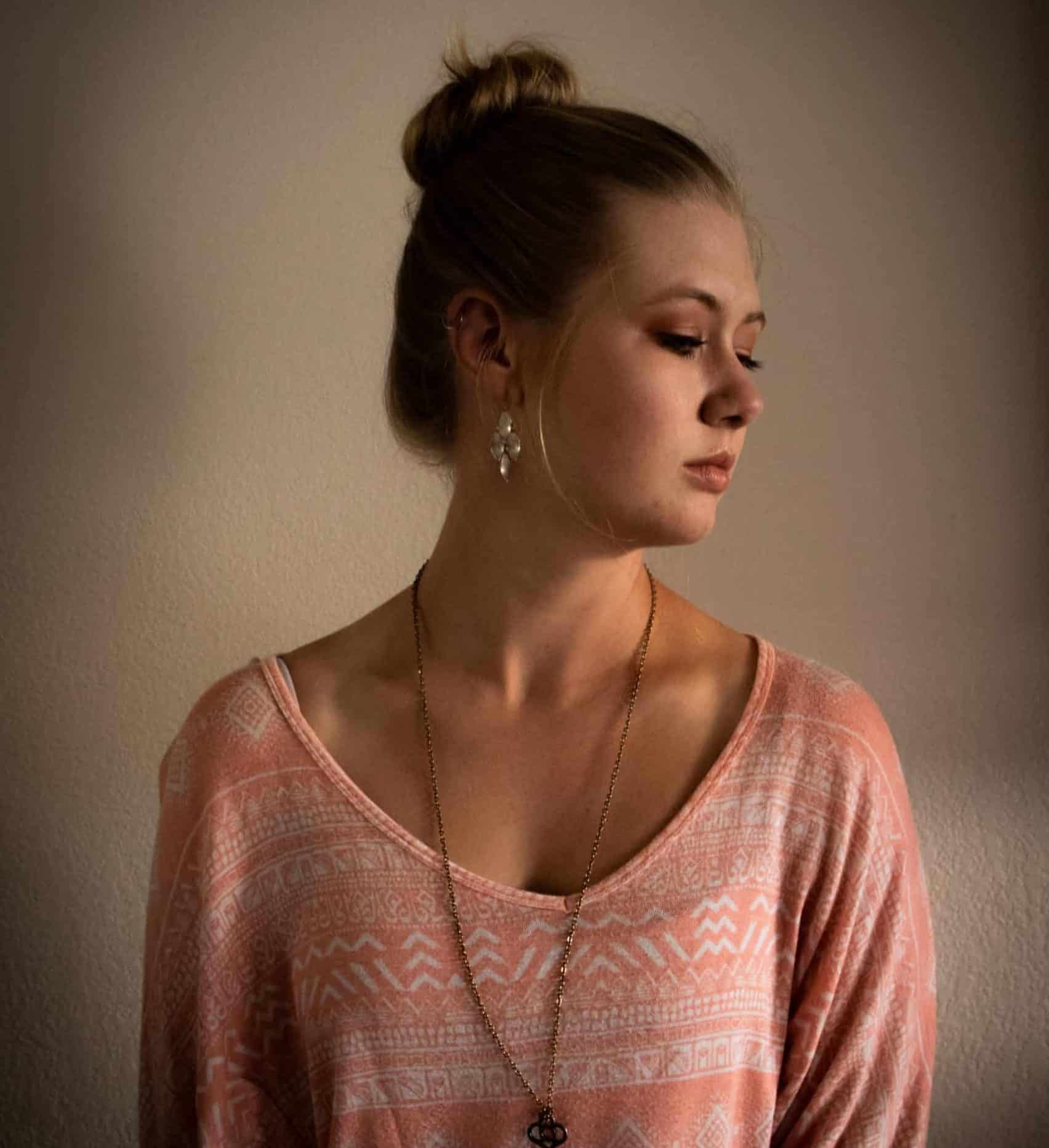Hairstylist Vocabulary- A List of English Hair Vocabulary
Hairstylist vocabulary words in English.
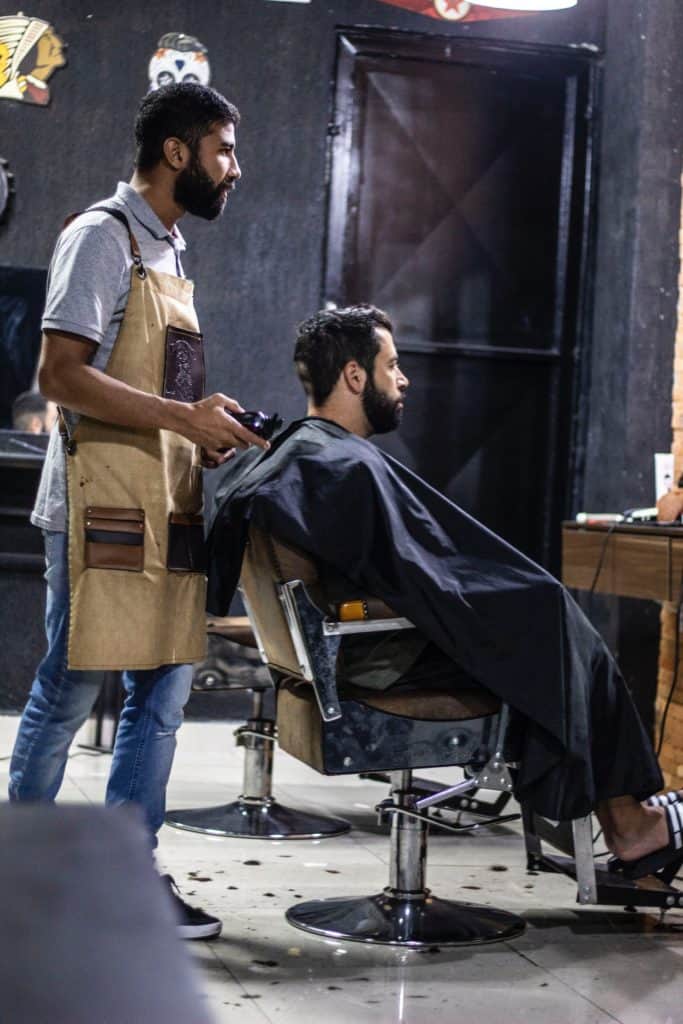
In this article we will be listing Beauty Salon Vocabulary in English for-
✔️ Vocabulary used to describe a haircut
✔️ Positive and Negative ways to describe hair health
✔️ Vocabulary used to describe various aspects of a haircut
✔️ Vocabulary used to describe the tools in the salon
✔️ Hairstylist Vocabulary used for products used in the salon
✔️ Barbers Vocabulary for describing men’s haircuts
✔️ Vocabulary used to for Color and Highlight Services
✔️ Different Hair Licenses
✔️ Common Skin Conditions
✔️ Conclusion
How to Describe a Haircut in English
Use a photo! The easiest and most clear way to get exactly what you have in mind for your haircut is to use a photo, or more than one photo to tell the hairstylist what you want.
Find more than one photo of the style of what you would like to have your hair cut or colored, and show the stylist that you like this part of the haircut in this photo, but not in this one. And you like how the hair is styled best in this photo, but less in the other photo.
This helps show exactly what you have in mind without using difficult words or trying to figure out the hairstylist vocabulary and lingo.
Even for those who are around hairstylists all day it is difficult to understand the language of the hairstylist sometimes. A hairstylists vocabulary really is a different language.
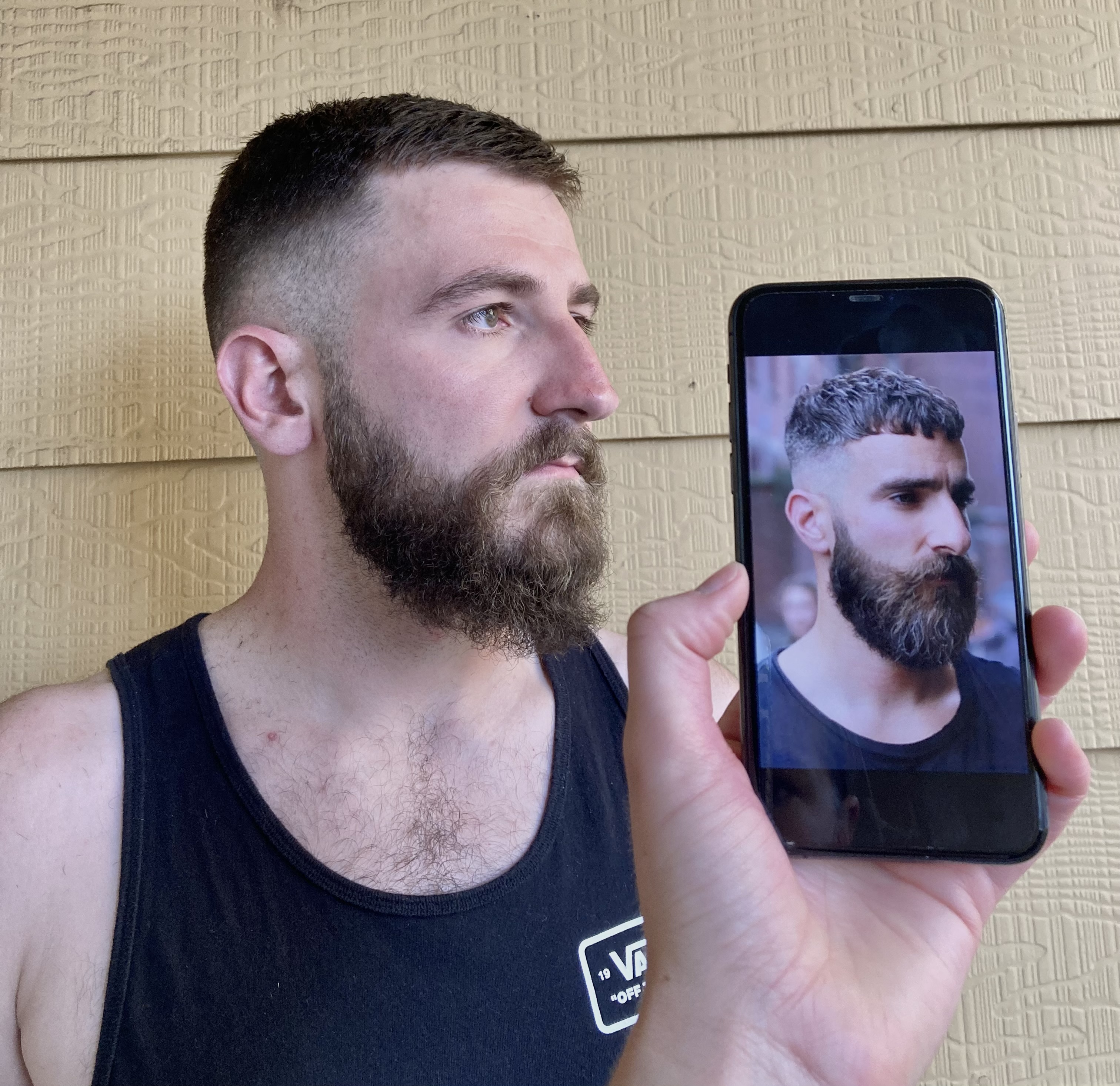
Vocabulary for Hairdressing
Hair Salon – A place where families, men, women, and children, can go to get haircare services done such as haircuts, colors, beard trims, and perms
Barbershop – Primarily specializing in men’s cuts, shaves, and beard care but also families can come for hair services
Haircut – When the hair needs to be cut shorter, whether that be 1/4″ or 12″ to become healthy or maintain a length or style of the individual
Trim – The same as a haircut but usually referring to the least amount of hair being cut off as possible
Blow dry Style – When product is applied to damp hair and a blow dryer is used to dry both the hair and the product to encourage it to stay in a certain style smoothly, for the longest amount of time possible
Wash, cut and blowdry – This is when hair is washed, cut, blown dry to become styled, generally all of these services are bundled together when referred to like this
Layers – The hair above the bottom length is cut shorter than underneath to create more movement, remove weight, and add style to a haircut of any length
Thinning / Texturizing – A term used when thinning shears (scissors) are used to remove bulk and heaviness from the haircut. Or a term referring to hair loss and the thickness of the hair from the entire head is becoming less
Thinning Shears vs Texturizing Shears – Ask a Hairstylist
Split ends – When the hair is broken. Wear and tear happens, split end damage happens to everyone and cannot be ‘healed’ except by being cut off. They can be prevented or treated with extra hydration so that the breakage doesn’t continue further up the strand
Do Split Ends Stop Hair Growth?
Relaxer – A permanent straightening treatment used to straighten naturally curly hair
Perm – A permanent curling treatment used to permanently change the curl pattern of hair. It does not change the curl pattern as it grows from the scalp but chemically changes the internal structure of each hair strand that has already grown from the scalp
Razor fade – A razor fade means that the haircut is cut so closely to the scalp it can be completed with a straight razor and anyone looking a the haircut would not be able to tell where the razor ended and the hair begins. Also known as a military fade
How to do a Perfect Fade Haircut – Tips from a Barber
Razor Shave – A single blade straight razor used to remove hair smoothly all the way to the skin
Part – The place on top of your head where the hair parts to the left and right
Shave – When a straight razor is used either on the head or face
Grow out – A term that can be used to describe a haircut that is overdue, or a desired length goal that a client would like to get to
Crown – The round part of the head where the head begins to round down, the portion where generally a crown would rest if a person were to wear one
Curly hair vs Wavy hair – Curly hair is usually when the hair creates a spiral, rounder and fuller shape than straight hair that falls straight down. Wavy hair is not as round or full as curly hair but not as flat as straight hair
Oily – When describing oily hair, either the scalp makes oil to hydrate the scalp and it makes the hair look wet and shiny, or oil has been applied to the hair to help hydrate it and there was too much so now the hair looks ‘oily’
The 4 Quads – In Beauty School we are taught to cut hair by parting the head into 4 sections, the 4 quads, two in the front and two in the back to ensure that the haircut, or color will be done evenly
Hair loss – When hair is falling out due to health, genetic, or medical conditions
Clientele – An established set of clients that come to one specific stylist
Compromised – In a hairstylist vocabulary compromised hair means damaged hair. Hair can be compromised for any number of reasons
Dread Locks – When the hair has been purposefully knotted into a rope-like texture and ‘locked’ with a crochet hook so that it will not become unraveled. It is a common misconception that dread locks cannot be washed but that is false, dread locks can be washed though not in the same way as hair that is not locked
Wig – An artificial hair piece worn on the head to look like real hair. Wigs can be made of real hair or synthetic hair
Toupe – A small wig only worn on the top of the head to cover a bald spot
Hairstylists Vocabulary to Describe Haircuts
Long – Any length longer than your shoulders
Short – Length shorter than your chin
Medium – Any length longer than your chin and above your shoulders
Scissor Cut – A short haircut done entirely with shears (scissors) and not clippers
Hairstylist Vocabulary- Positive and Negative ways to Describe Hair
Positive words to describe hair: healthy, thick, smooth, soft, shiny, fine
Negative words to describe hair: dry, split ends, rough, compromised, fragile, buildup, damaged
Hairstylist Vocabulary Used to Describe Aspects of a Haircut
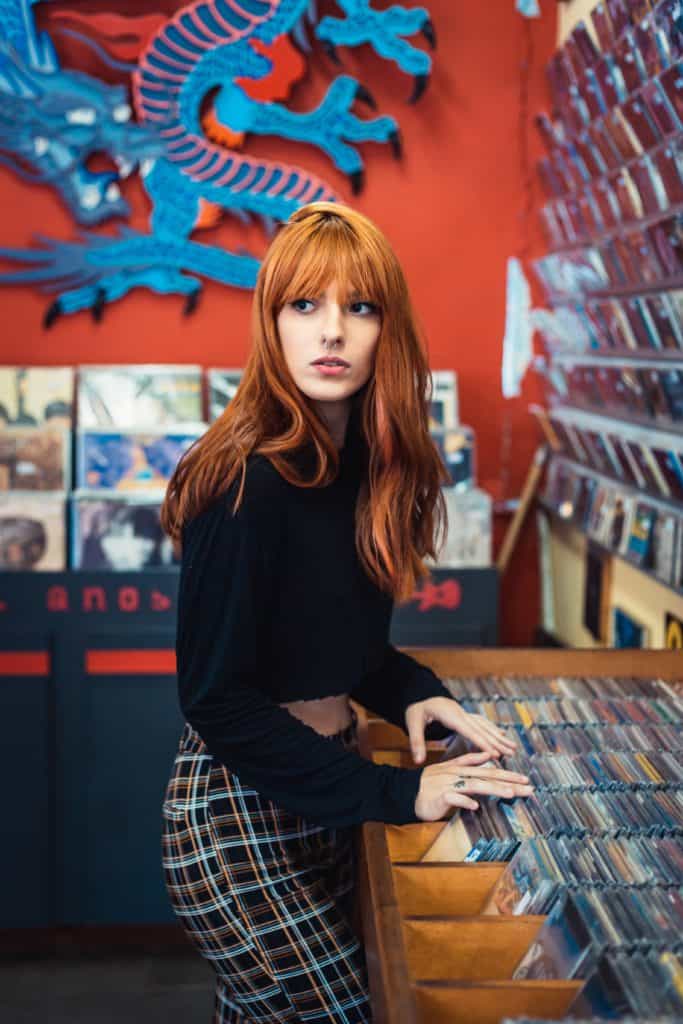
Perimeter – A term to describe the bottom length of the hair. In hairstylist vocabulary we use this word for the length that is usually used as the reference point to help guide the rest of the haircut
Bob – A one-length haircut, chin length or above your shoulders
Lob – A long bob. Always bring a photo when intending to ask for a lob
Choppy – A haircut that is not intended to look even or smooth, or when the layers do not look symmetrical
Pixie cut – A women’s haircut when the hair is cut above the chin and the layers are short. There are various kinds of pixie cut
Asymmetrical – When a haircut is intentionally left long on one side and shorter on the other
Razor fade – A razor fade means that the haircut is cut so closely to the scalp it can be completed with a straight razor and anyone looking a the haircut would not be able to tell where the razor ended and the hair begins. Also known as a military fade
How to do a Perfect Fade Haircut – Tips from a Barber
Razor Shave – A single blade straight razor used to remove hair smoothly all the way to the skin
Layers – The hair above the bottom length is cut shorter than underneath to create more movement, remove weight, and add style to a haircut of any length
Thinning / Texturizing – A term used when thinning shears (scissors) are used to remove bulk and heaviness from the haircut. Or a term referring to hair loss and the thickness of the hair from the entire head is becoming less
Sideburns – Sideburns are the tiny section of hair between the ears and the face. Men like to have their sideburns trimmed to a certain height next to their ears or in regards to the position of their facial features
Finger-length – A term used to determine how long short hair will either be cut or remain long, usually only as long as the width of a finger. Generally used when referring to a haircut that is “short on the sides and back but a little longer on top”
Fringe – Bangs worn to the side or parted on the forehead
Bangs – A small section of hair cut short to lay above the eyes across the forehead
Over-direction – When the hair is sectioned and combed away from where it naturally falls (overly directed) specifically to be cut so that when it falls back to it’s natural there is a special affect from the over-direction.
Face-framing – The wispy hairs cut along the sides of the face to compliment the shape. But not enough for bangs
Cross Checking – When the haircut is complete cross checking is done by combing the hair in the opposite direction that it was cut to ensure that it was cut evenly without any chunks or sections accidentally being left longer than the rest. For example, if the hair was cut in vertical sections (up and down partings), cross checking would be done in horizontal sections (side to side partings)
Split ends – When the hair is broken. Wear and tear happens, split end damage happens to everyone and cannot be ‘healed’ except by being cut off. They can be prevented or treated with extra hydration so that the breakage doesn’t continue further up the strand
Do Split Ends Stop Hair Growth?
Vocabulary for the Tools Used in the Salon
Round Brush – A metal brush thats bristles make a complete circle around the brush so that when used with a blow dryer it creates a hot tool to make nice round and smooth curls
Blow Dryer – An electric tool that blow hot or cold air on cold hair to quickly dry hair. A blow dryer can be used as a styling tool as well
Clippers – An electric cutting tool to cut hair short with fast moving blades
Guards – Guards come in various sizes to be used on clippers to ensure a consistent length in a haircut done with clippers
Trimmers – A small set of clippers used to define lines around the ears and the back of the neck, or the beard
Shears – The proper term for professional haircutting scissors
Razor – A tool used by barbers, usually with a replaceable blade, to shave skin smooth
Cutting Comb vs Wide Toothed Comb – Cutting combs are used by hairstylists and barbers alike, there are generic cutting combs and specialized cutting combs used for cutting hair and making precise haircuts.
A wide toothed comb is different because like it sounds, the teeth are wider apart. Wide toothed combs are great for curly hair, for detangling without straightening the curls
Hairstylist Vocabulary for Products Used in the Salon
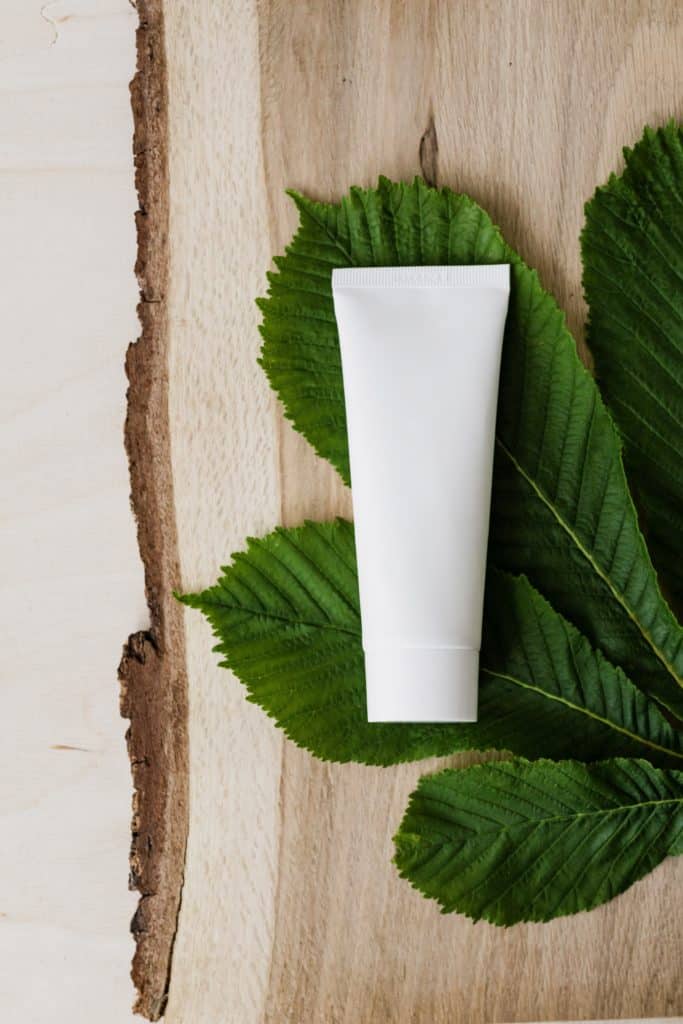
Shampoo – Both can be referred to as a product with which to wash and cleanse the hair, but also the action of washing the hair. For example- “Let’s shampoo your hair.”
Conditioner – Product that hydrates and softens the hair after washing with shampoo
Deep Conditioner or Conditioning Treatment – A conditioning mask that deeply hydrates and moisturizes the hair and scalp to help the hair become less frizzy, less dry, shiny, and smooth. Deep conditioning treatments can also help encourage color to stay in the hair longer
Oils – Coconut oil, Moroccan oil, Olive oil, Argon oil, Essential oil, and other oils can be used on the hair to help moisturize the it, eliminate frizz, and keep it healthy
Pomade – A styling product, usually more shiny and waxy, unless it’s specifically a matte pomade, to style short to medium-short hair
Gel – A styling product that comes from a tube or bottle. Once dried it is crusty and shiny and varies in levels of strength
Mousse – Mousse is applied on wet or damp hair and then dried. It helps hair hold it’s shape once dried without looking like there is product on it. Mousse is not as strong as other styling products, it’s great to use in curly hair and then left to air-dry
Hairspray – Aerosol or hand pump spray used to help hair hold it’s position
Leave-in Conditioner – A hydrating cream or spray applied on wet or damp hair after it has been washed to help keep moisture in the hair and keep the hair healthy
Silicone – Plastic that is put in generic and cheap shampoos to make the hair shiny but ends up building up on the skin and hair, drying it out, and making it sticky, which in the end causes damage
Sulfate free – Sulfates are cleansing and drying ingredients added in most shampoos. Sulfates tend to strip color faster and dry out the hair. Using sulfate-free shampoo is best for all types of hair, especially color treated
Push Powder – A styling product that adds volume to the hair and leaves the hair with a matte finish
Dry Shampoo – An aerosol spray that clings to the dirt, oil, and product that is on the hair and removes them making the hair look less greasy. Dry shampoo is great to have and use when you have a very busy schedule and have no time to squeeze in a wash but cannot have your hair looking dirty
Barbers Vocabulary for Describing Men’s Haircuts
Blending vs Fading
A blended haircut is when the top and the sides do not have a line or shelf to separate them. The length has been blended together. Barbers vocabulary and hairstylist vocabulary are very similar.
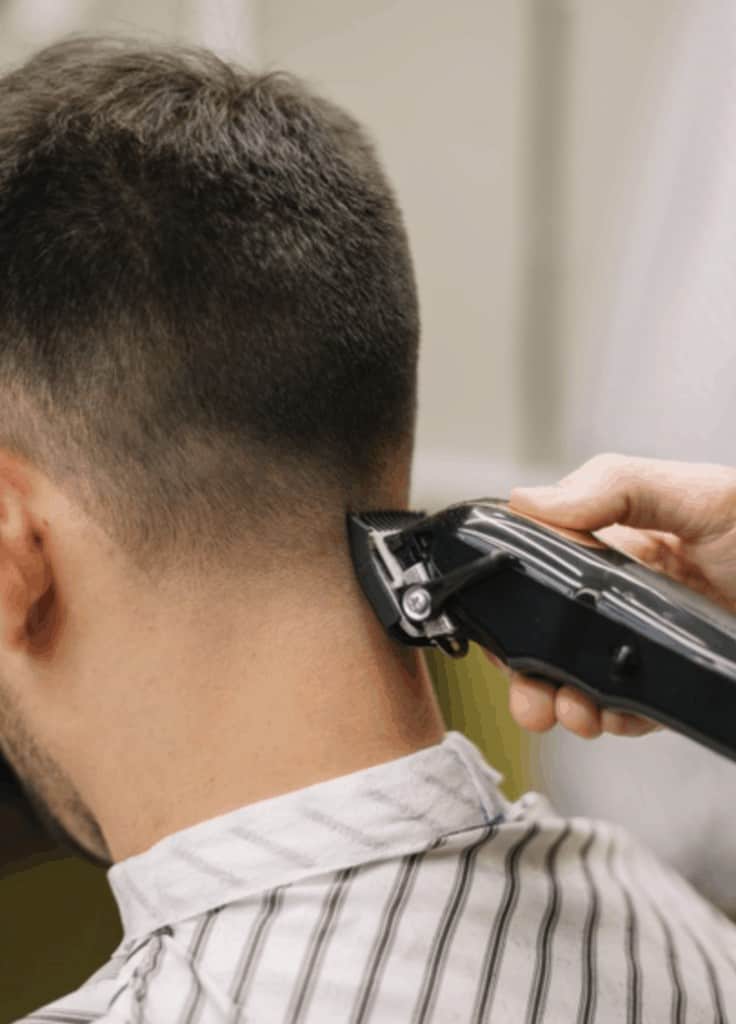
A fade is when the length gradually gets longer as it makes its way up the sides of the head to the top. See the photo below.
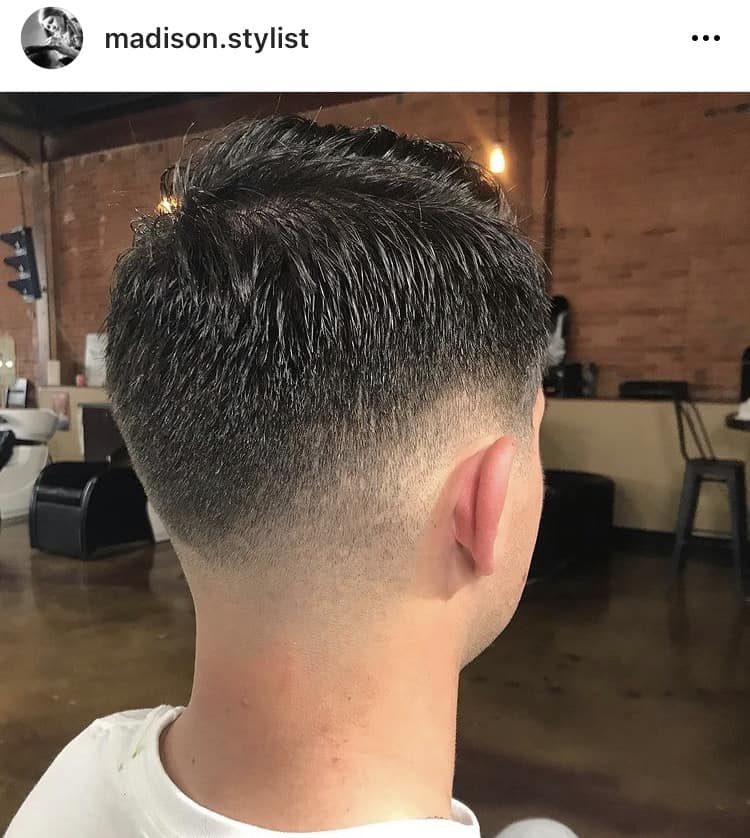
- Buzz Cut
The same length cut on the top, back, and sides.
- Tapered
Similar to a blend, but longer. A tapered haircut is when there is gradual length being left from the nape up.
- Undercut
The trend of the last several years, when the hair is long on one side and short on the other. There is either a blend or no blend at all, when it is cut underneath and left long on the top.
- Hard Part
A line cut out of the haircut at the part to make the parting sharp and stand out. Usually done with an undercut style.
The Difference Between a Fade and a Razor Fade
- Fade
When the length from the nape gradually gets longer to the top. This can be a length #1 – #4 for example.
- Razor Fade
Also known as a military fade, or a skin fade. Razor fades are when the length at the bottom can be blended with a straight razor and you cannot see where the razor stopped and the haircut began.
Razor fades can have several different descriptions. When a client of mine asks me for a razor fade I ask if they want a high fade, medium fade, or a low fade.
A high fade is usually when the skin length is taken all the way to the crown.
A medium fade is when the skin length is just above the ears.
A low skin fade is when the skin length is below the ears.
Top 5 Best Professional Clippers 2022- Barber Reviewed
Top 6 Professional Hair Trimmers in 2022- Barber Reviewed
Best Blow Dryer for Natural Hair- Ask a Professional
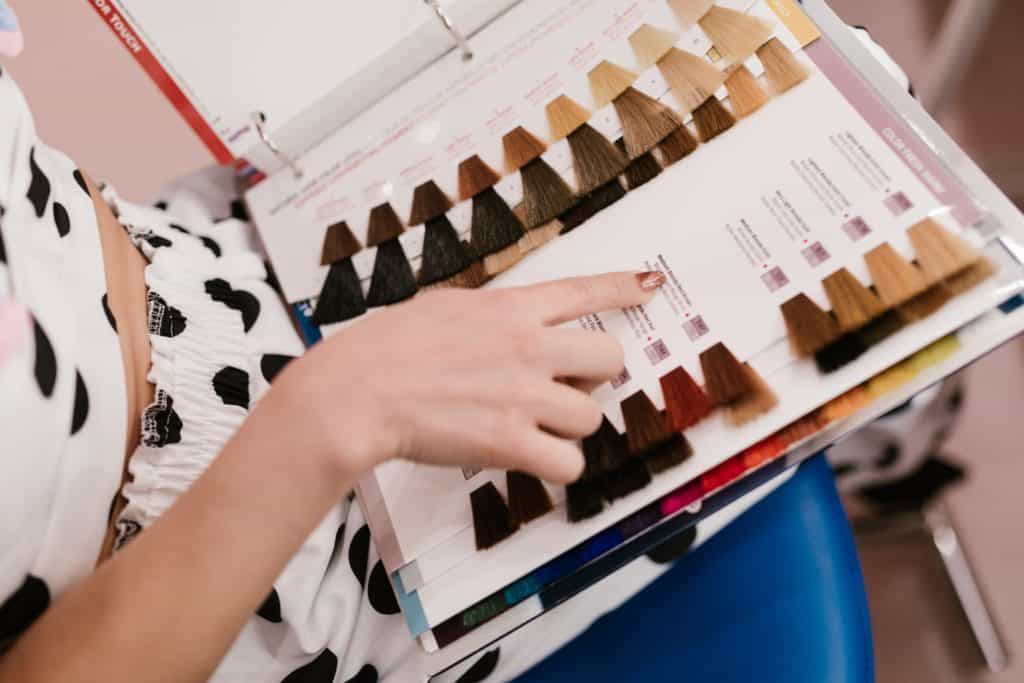
Hairstylists Vocabulary for Color and Highlights
Semi or Demi Color and Permanent Color – Semi and Demi are chemical color treatments that change the color of the hair. Both of which eventually fade. Permanent color is used to cover gray hair and takes longer to fade
Test Strand – A test strand is when a stylist takes a piece of hair and does a chemical treatment, such as a color, bleach, or perm, on it to test if the chemical has a bad reaction with the hair before performing the treatment on the entire head
Elasticity– The stretchiness of the hair. Bad elasticity means that when hair is wet the hair will stretch to the point of breaking and tearing. Good elasticity means that when hair is wet it does not stretch to the point of breaking.
Integrity of the Hair – A term used in hairstylist vocabulary to describe the good or bad condition of the hair. If a hair has compromised integrity that means that the hair is damaged and in bad shape
Dye – Artificial color molecules that stain the hair instead of adding or taking away from the color. It is much harder to reverse or change dyed hair than professional color. Most hairstylists will not use the term dye, because dye is for easter eggs, not hair
Highlights – A bleach treatment, generally performed with foils or a cap, to make portions of the hair lighter than the rest but not all of the hair becomes lighter
Bleaching – Using a professional hair bleach to open the cuticle, the outside shaft, of the hair to lighten the natural color all over the entire head
Toner – Toner is a color service that ensures the the hair is all the same tone. If warm tones (think gold, yellow, copper or reds) are present but the client wants cool tones (blue, white, ash) or neutral tones, a toner is used to make sure that the whole head is the same
Can you Tone Hair Twice in One Day?
Virgin Hair – Hair that has never had a color or chemical treatment before
Highlighting cap – A highlighting cap is a bonnet where small sections of the hair can be pulled through to be colored or highlighted without coloring all of the hair
Balayage – A highlighting technique used to leave the roots darker and the lighter color feather and gradually get lighter towards the bottom length of the hair
Cuticle – The outer shaft of the hair that protects the inside of the hair strand
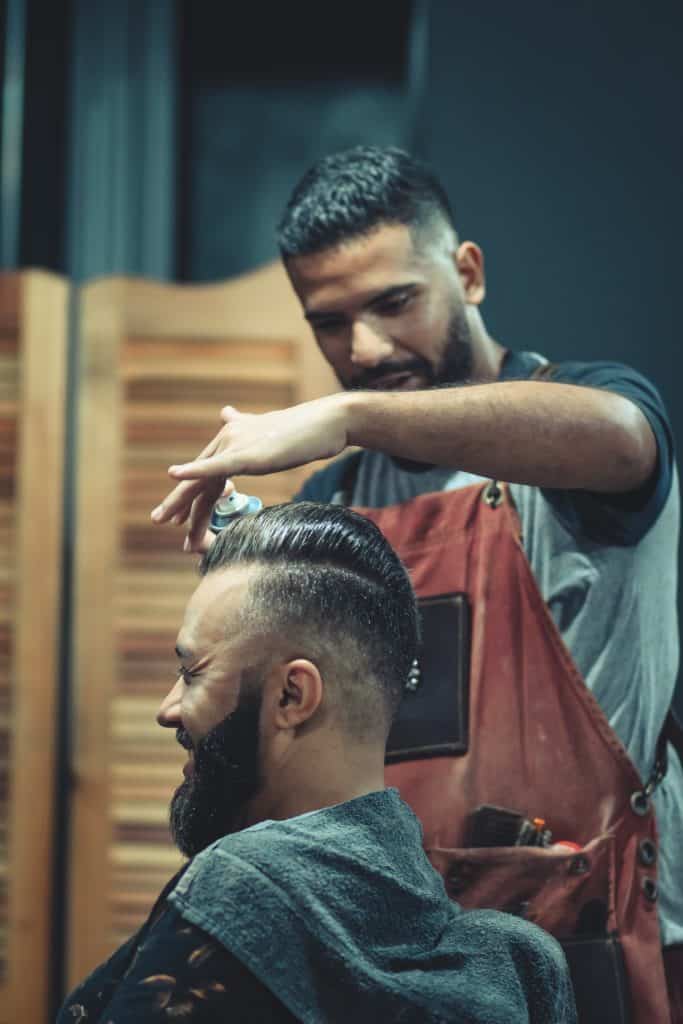
Hairstylist Vocabulary for Different Hair Licenses
Hairstylist – Anyone that does your hair
Hairdresser – A licensed professional that is permitted to perform hair services
Cosmetologist – A licensed professional that is permitted to perform hair, skin, and nail services
Barber – A licensed professional that specializes in mens haircuts, shaves, and beard care
Specialist – Some one that specializes in one aspect of the industry. For example, Color Specialist, Beard Specialist, Curl Specialist. Some specialists have additional certifications, others may not require certifications but only a license
Common Skin Conditions
The Exquisite Find Hair Blog is not a medical professional. If you have concerns or questions about any of the conditions below please see a dermatologist.
Alopecia– A medical condition where patches of balding occur on the scalp
Psoriasis– A medical condition on the skin that looks pink and sometimes very flaky and itchy
Dandruff– A fungus that causes flakiness, excess oil and grease, and stink
Conclusion Hairstylist Vocabulary- A list of English Hair Vocabulary
Remember lingo constantly changes. The words we use and especially a hairstylist vocabulary is changing with the styles, trends, and times.
But don’t worry! We’re all in this together and when we try to communicate using the right words, or even if we use the wrong words, we will get to the same conclusion eventually.
